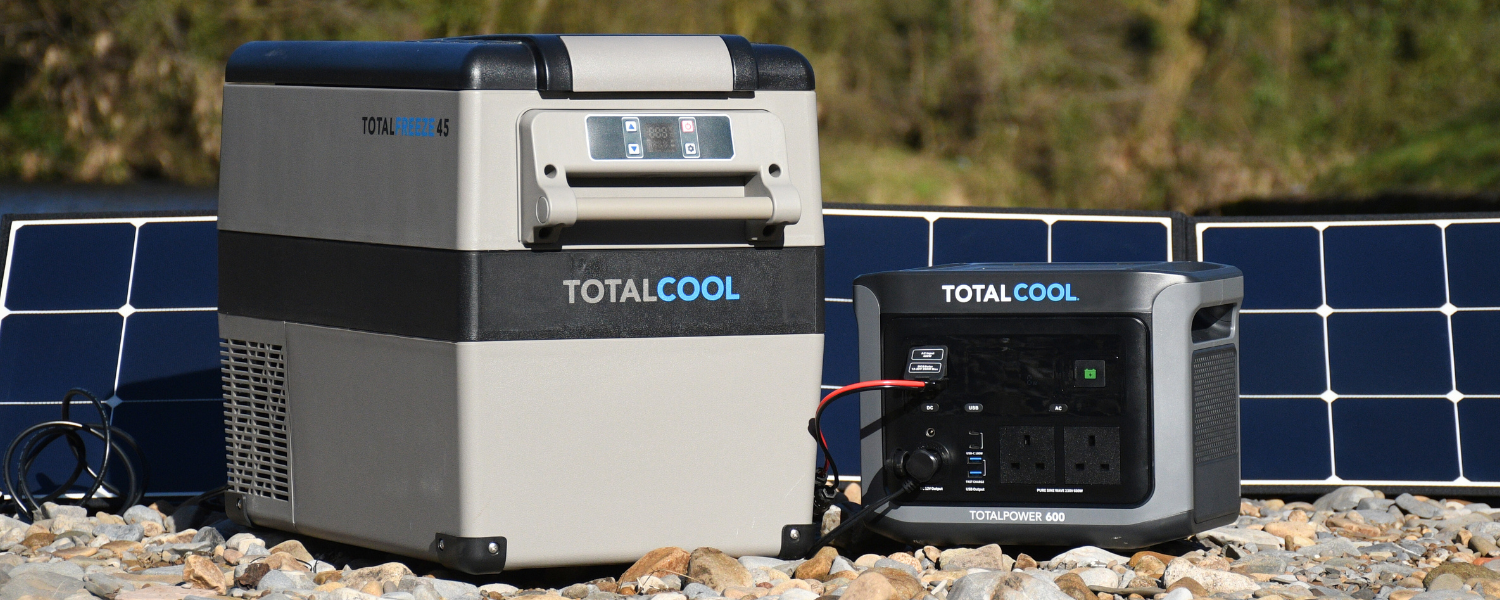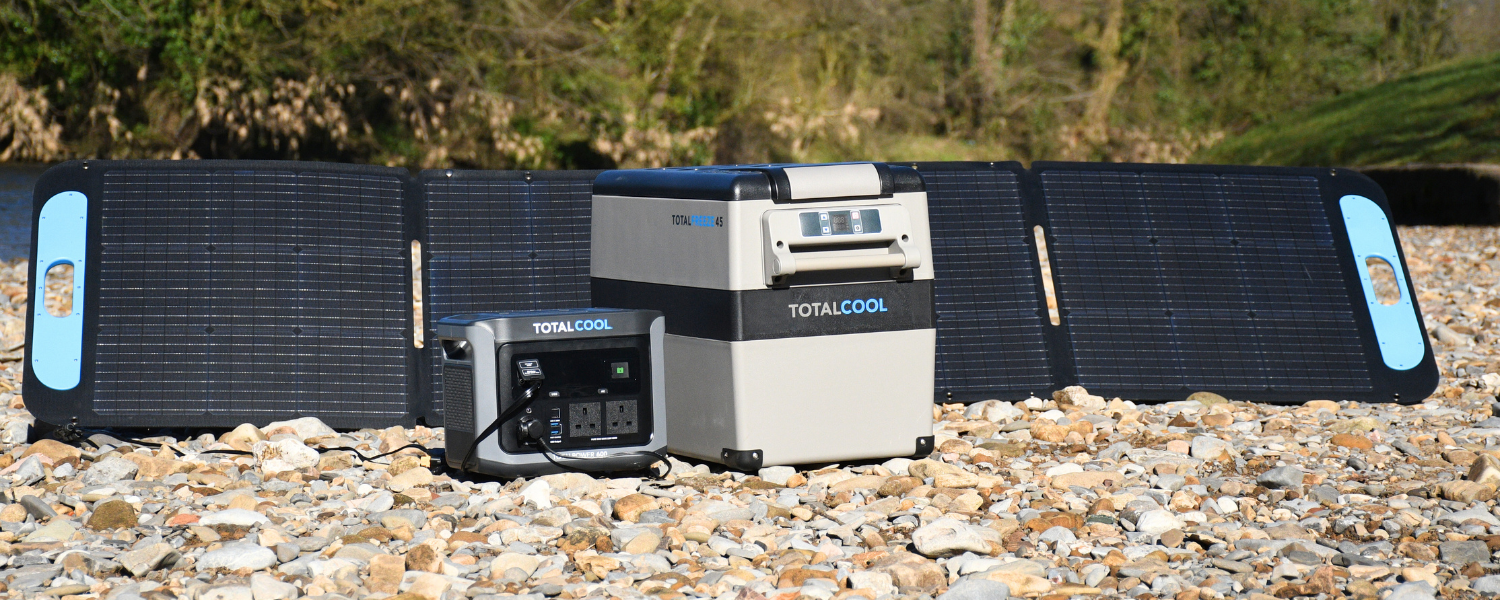Top 5 Things to Know Before Buying a Portable Power Station
In today's world, staying connected and powered up is essential, whether you're camping in the great outdoors or working from a remote location. That's where portable power stations come in handy.
At Totalcool.co.uk, we understand the importance of reliable power, and we're here to guide you through the process of choosing the perfect portable power station for your needs.
1. Assess Your Power Needs
Before diving into the world of portable power stations, take a moment to consider the devices you want to power. Are you looking to charge your smartphone and laptop during camping trips, or do you need to run power tools at a remote worksite?
Identifying your power requirements will help you select a station with the appropriate capacity. To determine the capacity of the portable power station you require, start by listing all the devices you plan to power. Each device has a specific power consumption, typically measured in watts (W), which can usually be found on the device's label.
For example, a laptop might consume 60W, while a small refrigerator could use 100W. Add up the wattage of all devices you intend to use simultaneously to find your total power requirement. It's wise to add a 20% buffer to this total to account for devices that may have higher starting wattages or occasional surges.
2. Understand Battery Capacity and Type
Battery capacity is a crucial factor in determining how long your power station can keep your devices running. Capacity is typically measured in watt-hours (Wh), and understanding this metric helps you gauge performance.
For instance, a battery rated at 500Wh can theoretically power a 50-watt device for 10 hours (500Wh ÷ 50W = 10 hours). This metric helps users understand how long a battery can operate a particular device before needing a recharge. It's important to note that actual performance may vary based on factors like device efficiency and operating conditions.
Additionally, the type of battery used affects both lifespan and performance. Lithium-ion batteries are common but may have a shorter lifespan compared to lithium iron phosphate (LiFePO4) batteries, found in the Totalpower 600 and Totalpower 1500 which offer longer life and better thermal stability.
3. Understand Inverter Capacity and Output Ports
The inverter in a portable power station converts stored DC power into AC power suitable for your devices. For instance, if you plan to power a 60W laptop and a 100W refrigerator simultaneously, you'll need an inverter that can handle at least 160W.
However, since some devices, especially those with motors or compressors, may have a higher starting wattage, it's recommended to add a 20% buffer to your total wattage calculation to ensure the inverter can handle these surges without issue.
Most portable power stations will have a built-in allowance to allow for the starting wattage which will be stated in the product specifications. For instance, the Totalpower 600 has a short time peak of 1000W and the Totalpower 1500 has a short-term peak of 2000W.
4. Consider Charging Options and Speed
The charging speed of a portable power station depends on several factors, including its battery capacity and the power output of the charger used. Manufacturers typically provide the time it takes to fully charge the unit using standard AC outlets.
For example, if a power station has a capacity of 1000Wh and the charger delivers 200W, the estimated charging time would be approximately 5 hours.
However, charging times can vary based on the charger's specifications and the power station's battery technology. Additionally, using solar panels or car chargers may result in longer charging times due to lower power outputs.
It's advisable to consult the manufacturer's guidelines for specific charging times and recommendations.
5. Look for Additional Features
Modern portable power stations come with a host of additional features that can enhance your experience. Features like display screens provide real-time information on battery status and usage. Portability features, such as handles or wheels, make transportation easier.
Some stations even offer wireless charging or the ability to link multiple units for increased power. At Totalcool.co.uk, we pride ourselves on offering products with up to a 2-year warranty, ensuring peace of mind with your purchase.
Conclusion
Choosing the right portable power station involves understanding your specific needs and selecting a unit that aligns with them. You can make an informed decision by considering factors like power requirements, battery type, inverter capacity, charging options, and additional features.
Explore our range of portable power stations, need assistance? We're always happy to help.





Leave a comment
This site is protected by hCaptcha and the hCaptcha Privacy Policy and Terms of Service apply.